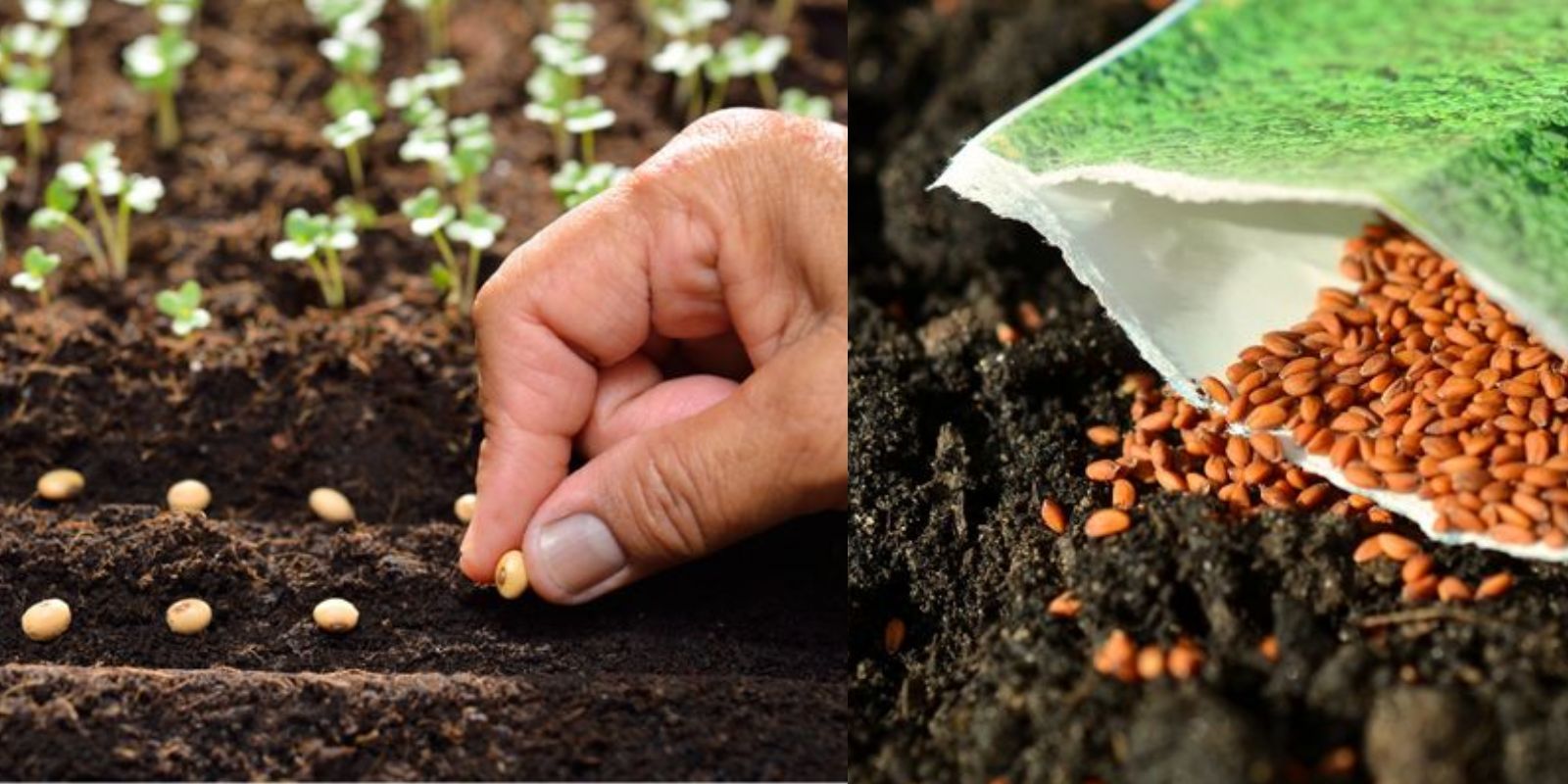In the world of gardening and horticulture, achieving fast and vigorous plant growth is often a coveted goal. Whether you’re cultivating a lush garden, nurturing indoor plants, or managing a commercial crop, the ability to accelerate plant growth can significantly enhance productivity and aesthetic appeal. This article delves into effective methods and strategies to promote rapid plant growth, ensuring your plants flourish and thrive beyond expectations.
Understanding Rapid Plant Growth
Accelerating plant growth involves stimulating plant metabolism and optimizing conditions to support vigorous development. While plants naturally grow at their own pace influenced by genetics and environmental factors, certain techniques can expedite growth rates under controlled conditions.
The Science Behind Plant Growth Acceleration
Plant growth acceleration relies on enhancing key physiological processes:
- Photosynthesis: Maximizing light absorption and carbon dioxide assimilation.
- Nutrient Uptake: Optimizing nutrient availability and uptake efficiency.
- Water Management: Ensuring adequate hydration without waterlogging.
- Root Development: Promoting robust root growth for nutrient and water absorption.
- Metabolic Activation: Stimulating plant metabolism for increased energy and growth.
By manipulating these factors, gardeners and growers can encourage plants to grow faster and produce more abundant foliage, flowers, or fruits.
Methods to Accelerate Plant Growth
1. Growth-Promoting Substances
Certain substances can enhance plant growth rates when applied appropriately:
- Plant Growth Hormones: Gibberellins, cytokinins, and auxins are hormones that regulate plant growth and development. Synthetic versions can be applied as growth regulators to stimulate elongation, flowering, or fruiting.
- Biostimulants: Organic compounds like seaweed extracts, amino acids, and humic acids can enhance plant growth by improving nutrient uptake, stress tolerance, and overall vigor.
- Foliar Feeding: Applying nutrient-rich solutions directly to plant leaves can bypass soil nutrient limitations and accelerate growth during critical growth stages.
2. Optimized Growing Conditions
Creating optimal environmental conditions is crucial for maximizing plant growth rates:
- Light Management: Providing adequate light intensity and duration promotes photosynthesis. Supplemental grow lights can extend daylight hours or enhance light spectrum to optimize plant growth.
- Temperature Control: Maintaining ideal temperatures for specific plants accelerates metabolic processes. Controlled environments such as greenhouses allow for precise temperature regulation.
- Humidity and Air Circulation: Balancing humidity levels and ensuring proper air circulation prevents fungal diseases and optimizes stomatal function for efficient gas exchange.
3. Nutrient Management
Ensuring plants receive essential nutrients in balanced proportions fuels rapid growth:
- Soil Fertility: Regular soil testing helps adjust nutrient levels to meet plant requirements. Amendments like compost, organic matter, and mineral fertilizers provide necessary nutrients for healthy growth.
- Hydroponic and Aeroponic Systems: These soil-less growing methods deliver nutrients directly to plant roots in dissolved form, promoting rapid growth and minimizing resource wastage.
- Fertigation: Integrating fertilizer into irrigation systems ensures consistent nutrient supply, enhancing growth rates in crops and ornamental plants alike.
4. Pruning and Training
Strategic pruning and training techniques redirect plant resources towards growth and productivity:
- Pruning: Removing dead or excessive foliage stimulates new growth and improves light penetration. Proper pruning techniques vary by plant type and growth habit.
- Training: Training vines, shrubs, and trees through trellising, espalier, or staking encourages upright growth, enhances air circulation, and facilitates efficient harvesting.
Benefits of Accelerating Plant Growth
The advantages of promoting rapid plant growth extend beyond mere aesthetics:
- Increased Yield: Crops produce higher yields within shorter growing periods, enhancing agricultural productivity.
- Enhanced Ornamental Value: Garden plants exhibit lush foliage, vibrant blooms, and extended flowering periods, enhancing landscape beauty.
- Economic Benefits: Commercial growers achieve faster turnover and profitability by accelerating crop cycles and reducing production costs.
- Environmental Sustainability: Efficient resource utilization and reduced pesticide reliance contribute to sustainable agriculture practices.
Considerations and Challenges
While accelerating plant growth offers numerous benefits, certain considerations and challenges must be addressed:
- Plant Health: Rapid growth can make plants susceptible to nutrient deficiencies, diseases, and physiological disorders.
- Environmental Impact: Balancing growth acceleration with environmental sustainability requires careful resource management and ecological stewardship.
- Species-Specific Responses: Different plant species and cultivars respond variably to growth-promoting techniques. Tailor methods to suit specific plant requirements and growth habits.
Conclusion
Accelerating plant growth is a dynamic process that combines scientific understanding with practical application. By implementing effective growth-promoting techniques and optimizing growing conditions, gardeners and growers can foster rapid and robust plant development. Whether you’re aiming to enhance crop yields, beautify your garden, or optimize indoor plant growth, mastering the art of accelerating plant growth will elevate your gardening success. Embrace these strategies, experiment with different methods, and witness your plants thrive beyond expectations in a flourishing green haven.
This article provides comprehensive insights into accelerating plant growth, offering practical methods and considerations for gardeners and growers looking to achieve rapid and healthy plant development.

